Here is my code so far on extracting MFCC feature from an audio file (.WAV):
from python_speech_features import mfcc
import scipy.io.wavfile as wav
(rate,sig) = wav.read("AudioFile.wav")
mfcc_feat = mfcc(sig,rate)
print(mfcc_feat)
How can I plot the MFCC features to know what it looks like?
